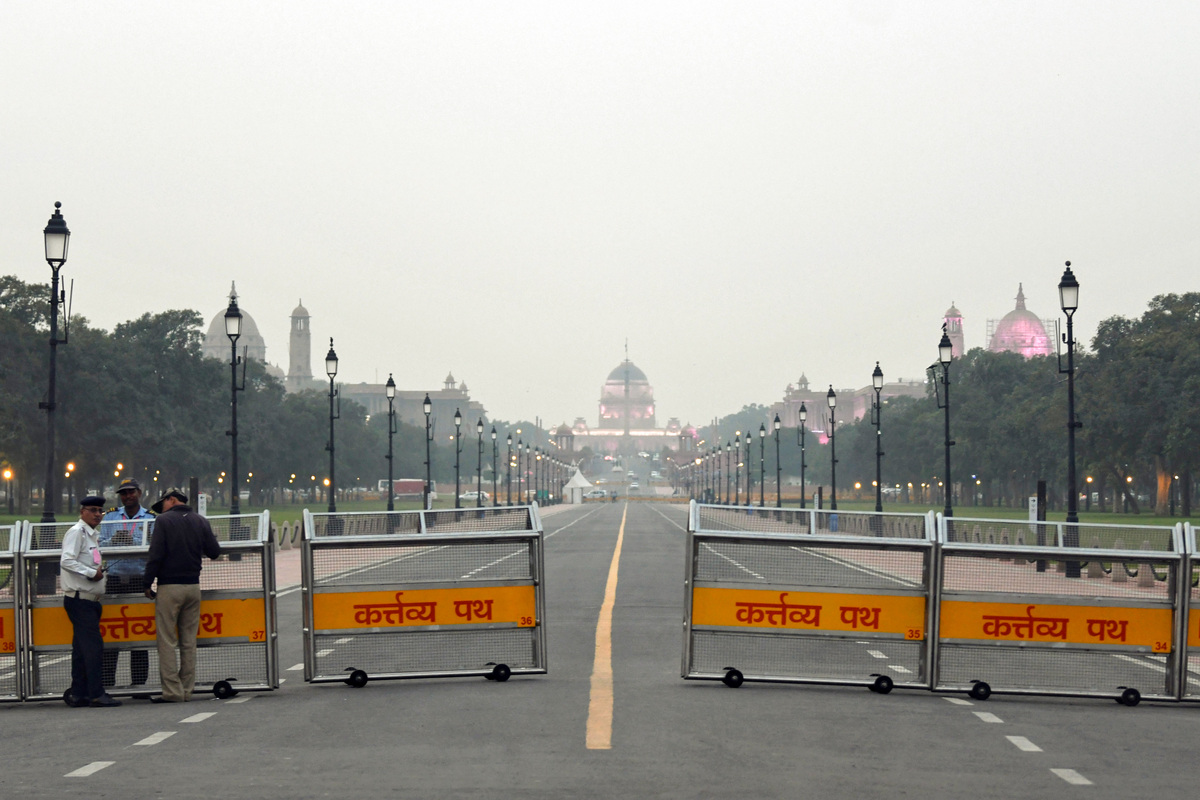The Average Air Quality Index (AQI) in the national capital on Tuesday improved slightly, taking a step down from ‘very poor’ to ‘poor’ category now, the Central Pollution Control Board’s (CPCB) daily AQI bulletin said.
However, there were several places across the national capital that still reeled with the quality of air remaining in ‘very poor’ zone, as per the pollution monitoring agency’s data, but, no area in Delhi recorded severe levels of air pollution, as per CPCB.
Advertisement
Nehru Nagar has recorded the worst air with an AQI of 360, followed by Bawana- 349, Mundka and Vivek Vihar at 339 and 335, respectively.
Primary pollutants in the city’s air remained PM 2.5 micro particles, the CPCB said in its daily AQI bulletin released at 4 pm every evening based on 24 hour observations from air monitoring stations across the city.
Tuesday’s air quality data was based on the readings from 35 air monitoring stations, out of the total 40 cross the city.
According to the Indian Institute of Tropical Meteorology’s (IITM), the air quality early warning system for Delhi, the AQI level is likely to remain in the ‘very poor’ zone for the next two days.
The predominant surface wind is likely to be coming from North-west directions with a speed of 04-08 kmph on Wednesday is likely to make things better for Delhi.
Ventilation index over Delhi is likely to be 1500 m2/s on Wednesday, according the IITM. It will be lower than 6000 m2/s with average wind speed less than 10 kmph is unfavourable for dispersion of pollutants, the air quality monitoring agency suggests.
Meanwhile, adjoining cities to the national capital like Gurugram, Ghaziabad, Noida and Faridabad recorded AQI levels below 300 points, falling in the ‘poor’ zone.
The Delhi government continued to implement the anti- pollution actions and measures under the Graded Response Action Plan (GRAP) stages-I & II and also their winter action plans against the pollution spike in the season.
Smog guns, mechanised dust sweeper machines, water sprinklers etc were seen operating across the city.
A total of 611 teams are also keeping a check on the biomass burning in the city, which recently emerged as one of the prominent contributor in city’s pollution levels along with the vehicular emissions.











